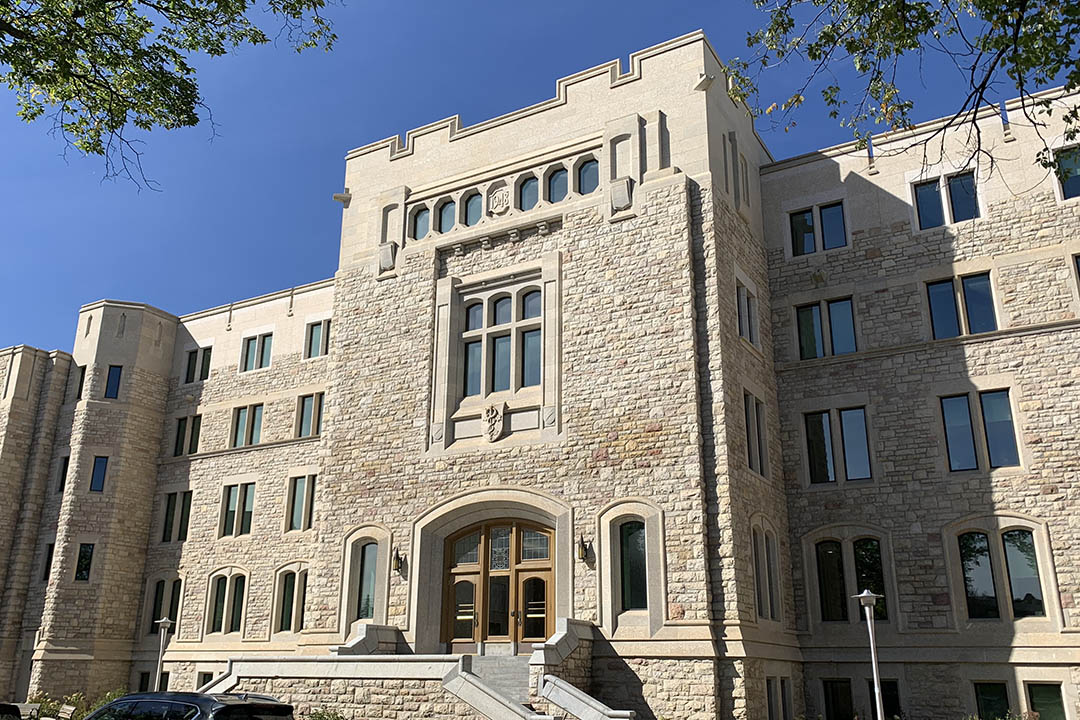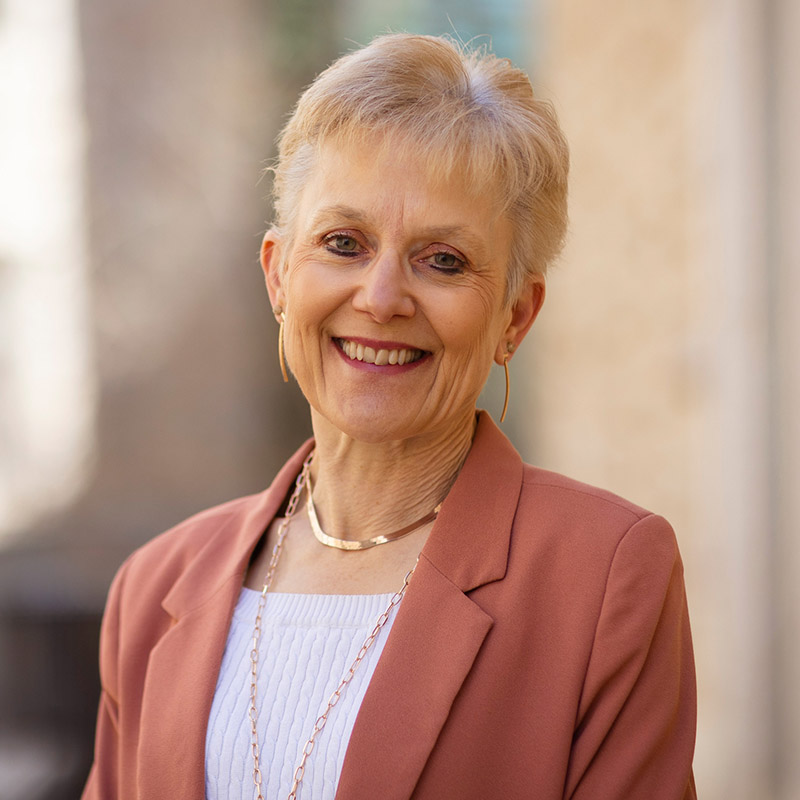
USask College of Medicine: A look at the past 70 years
This year marks the 70th anniversary of when the province’s only medical school officially became a college at the University of Saskatchewan (USask).
By Kristen McEwen
“We went from a small medical school, where you knew a lot more people, versus now, where it’s much larger and much more distributed,” said Dr. Marilyn Baetz (MD’93), vice-dean of faculty engagement.
From humble beginnings in a campus laboratory greenhouse, to more than 20 learning sites across Saskatchewan, the College of Medicine has undergone transformational changes over the past seven decades.
According to USask digital archives, establishing a teaching and learning centre was a shared idea between USask Board of Governors and the City of Saskatoon in 1909. After a delay in the initial construction of a teaching hospital because of the First World War, Dr. W. Stewart Lindsay was hired in 1919 to be a professor of bacteriology due to the need of a bacteriologist in the city.
Located in a greenhouse, his laboratory was the first medical teaching facility on campus, which would become the School of Medical Sciences in 1926. The school offered two years of basic pre-medicine classes, which would allow the students to apply and enrol at other medical schools in Canada to finish their training.
In 1952, the school officially became a college, and was renamed the College of Medicine in 1953. After the Royal University Hospital was built, medical students were able to earn their entire medical doctor degree in Saskatchewan as of 1956.
Changing medical school experiences
While the early days of the college have been captured through university archives, Baetz has observed extensive changes in the past 30-odd years – having been a medical student, resident, faculty member, department head of psychiatry, and now senior leadership member.
Curriculum has also changed for medical students. She said she had three years of training in the medical school, and her fourth year was a clerkship experience. Now, students are required to have two years of pre-clerkship at the medical school, followed by two years of clerkship and clinical learning experiences.
As a medical student from 1989 to 1993, Baetz attended medical school with 54 other learners. Since the early 2000s, the seat capacity for each class nearly doubled – to 100 graduating medical students each year.
In order to increase seat capacity, the college needed to engage more physician teachers to support and train the additional students.
“When I started (as a faculty member), there were a lot of difficulties,” Baetz noted. “Those early years, I would say were really a challenge.”
Physician retention and engagement
Faculty members who taught medical students were once categorized into two groups, Baetz said. “You were either a university employee or you were teaching as a community faculty (member),” more casually referred to by some as “town and gown.”
The difference in status, also meant a difference in pay compensation between the two groups. Both types of faculty members were valued and needed in rounding-out medical students’ education and training.
“To have adequate teachers, physicians needed to be fairly compensated,” she said. “It was important in terms of the whole province: physicians were important for teaching and needed for leadership.”
Retaining physicians and increasing engagement also meant keeping faculty to train and teach students.
“Physician engagement was a huge issue,” she said. “And (my) role, vice-dean faculty engagement, came about because of all of those challenges with connecting physicians to the academic mission.”
The position was created in 2017, two years before Baetz stepped into the role.
“We wanted to ensure everyone was on equal footing,” Baetz said. “It didn’t matter if you were located in Regina, Saskatoon or Meadow Lake. In the past five years, engagement has been phenomenally different.”
The current College of Medicine
In the past decade, the school has gone through its set of challenges and successes, from accreditation concerns, to expanding undergraduate and residency program offerings.
Recently, the college notably expanded its offering of the medical doctor (MD) undergraduate program so medical students have the option of earning their four-year degree from either Regina or Saskatoon.
Building a full campus in Regina had been a long-term goal dating back to the 90s, Baetz recalled. The Regina campus started with a few residency programs and clerkship experiences and ultimately a full four-year MD program.
“It’s amazing that over the course of 33 years, all of these things have happened,” Baetz said.
Going forward, the college will continue to see growth and improvement, with the addition of a new family medicine residency site for southeast Saskatchewan and expansion in postgraduate (residency) medical training starting with a new medical oncology program that will see its first resident in 2023.
The college has also hired its first vice-dean Indigenous health recently and is creating a new Division of Indigenous Health to serve as a leading entity in Indigenous healthcare and health equity reform for Indigenous people in the province, with direct connection and involvement of Indigenous communities and people.
Other areas for expected growth include college involvement in the expansion of rural medicine, the need for more seats in the medical doctor program to support a shortage of doctors in the province and country, increased use of simulation in medical training, and medical research.
Today, there are more than 2,100 learners within the College of Medicine, including medical students, residents, biomedical students, master’s and PhD candidates, and physical therapy students.
Additionally, there are about 2,000 faculty members and more than 700 staff that supports 15 departments, three divisions, and a School of Rehabilitation Science throughout the province.
“I would love to see every physician in the province desire to be affiliated with the College of Medicine and be proud that they are,” Baetz said.

